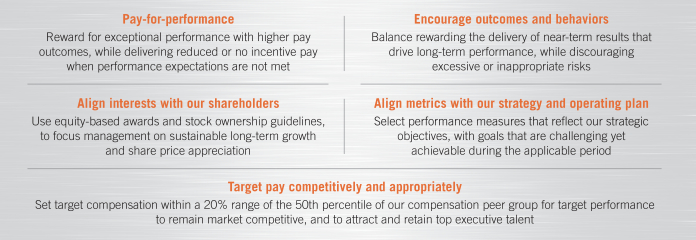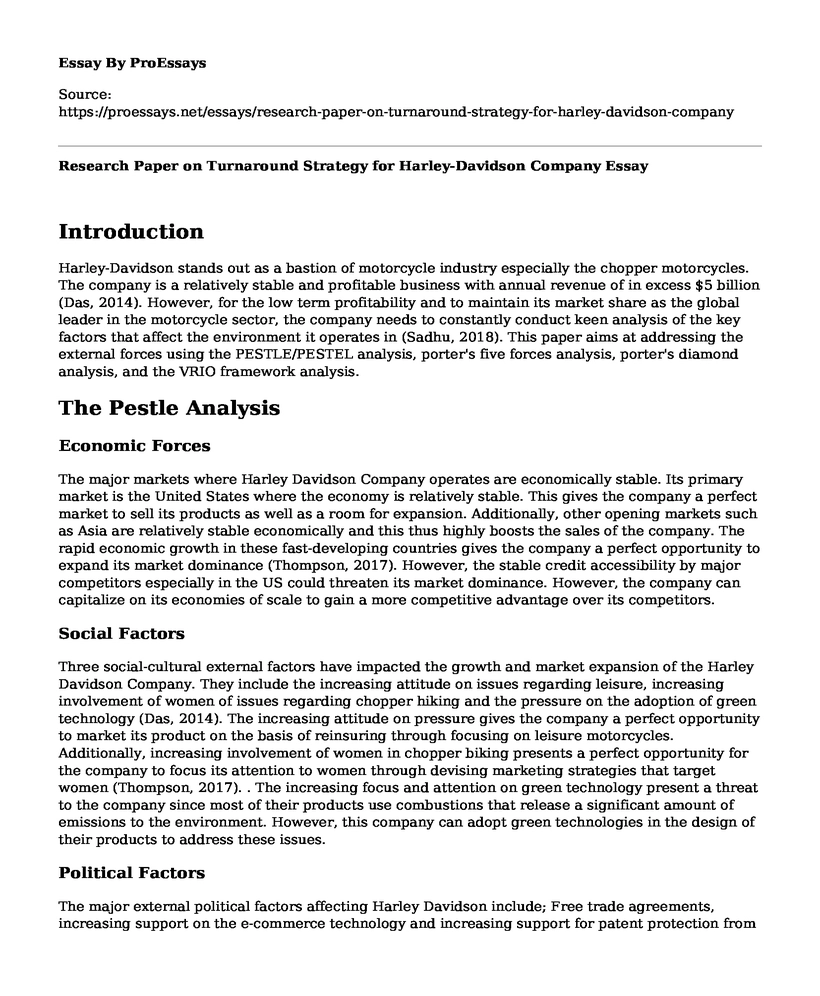Harley-Davidson is a iconic motorcycle brand with a rich history dating back to the early 1900s. The company has faced numerous challenges over the years, but has consistently adapted its strategy to stay relevant and profitable. In this essay, we will explore Harley-Davidson's past and present strategies, and consider how the company might adapt to the changing landscape of the motorcycle industry in the future.
One of the key strategies that has contributed to Harley-Davidson's success is its strong focus on brand identity and customer loyalty. The company has cultivated a loyal customer base by building a strong emotional connection with its customers through its brand image and marketing efforts. This includes the company's well-known "Harley-Davidson lifestyle," which includes a focus on freedom, independence, and a rebellious spirit.
In addition to its focus on brand identity, Harley-Davidson has also prioritized product innovation and quality. The company has consistently invested in research and development to improve the performance and reliability of its motorcycles. It has also worked to expand its product offerings to meet the diverse needs and preferences of its customers, including the introduction of electric motorcycles and a wider range of models for different riding styles and purposes.
Another important aspect of Harley-Davidson's strategy has been its global expansion. The company has successfully entered new markets and established a presence in countries around the world. This has helped the company tap into new sources of revenue and diversify its customer base.
In recent years, however, Harley-Davidson has faced a number of challenges that have forced the company to adapt its strategy. One of the main challenges has been the increasing competition from foreign motorcycle manufacturers, particularly in the U.S. market. To respond to this challenge, the company has focused on expanding its international presence and investing in new technologies, such as electric motorcycles, to stay competitive.
Another challenge for Harley-Davidson has been the changing preferences of younger customers, who have traditionally been a key part of the company's customer base. To address this, the company has focused on marketing campaigns aimed at younger customers and has introduced new products, such as the Harley-Davidson Street motorcycle, that are more appealing to this demographic.
Looking to the future, it is likely that Harley-Davidson will continue to face a number of challenges, including increased competition and changing customer preferences. To stay competitive, the company will need to continue to adapt its strategy and focus on innovation, brand identity, and global expansion. This may involve the introduction of new technologies, such as electric motorcycles, or a greater focus on marketing and customer engagement to build loyalty among younger customers. Ultimately, the success of Harley-Davidson's strategy will depend on its ability to anticipate and respond to the changing needs and preferences of its customers.








